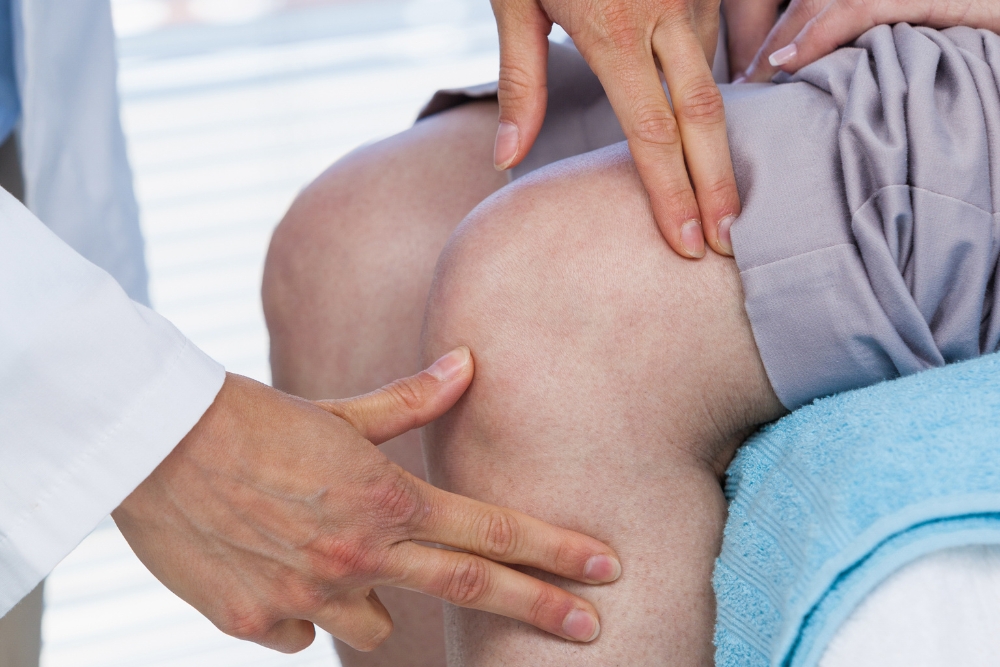Discover Effective Nonsurgical Knee Pain Relief Options in the United States for 2025
Did you know there are several fast-acting, nonsurgical treatments for knee pain available today? This article explores various approaches—including home remedies, physical therapy, injections, and advanced procedures—helping you understand how knee pain can be managed effectively.

Home Remedies and Lifestyle Changes
For mild to moderate knee pain, home care can provide meaningful relief and support recovery:
- Rest and Ice: Allow your knee to rest and apply ice packs for 15–20 minutes at a time to reduce swelling and discomfort.
- Compression and Elevation: Using a compression wrap and elevating the knee can further decrease swelling.
- Over-the-Counter Medication: Nonsteroidal anti-inflammatory drugs (NSAIDs), such as ibuprofen, may help reduce pain and inflammation.
- Weight Management: Maintaining a healthy weight eases pressure on the knee joint, supporting long-term joint health.
- Low-Impact Exercise: Activities like swimming or cycling strengthen muscles around the knee without adding excess strain.
Physical Therapy
Physical therapy is widely recognized as a core nonsurgical treatment for knee pain. A licensed physical therapist will design a personalized program that may include:
- Strengthening Exercises: Targeting the quadriceps, hamstrings, and hip muscles to support the knee.
- Stretching: Improving flexibility to relieve tension around the joint.
- Balance and Functional Training: Enhancing stability and joint function for daily activities.
Customized therapy plans are shown to increase knee mobility, reduce pain, and support a quicker return to regular activity.
Injectable Treatments
Several injectable options are available for nonsurgical knee pain relief:
- Corticosteroid (Cortisone) Injections: Used to reduce inflammation and pain, particularly for arthritis. Relief is often rapid but temporary, and injections are typically limited to avoid side effects.
- Platelet-Rich Plasma (PRP) Therapy: Uses the patient’s own blood to extract platelets, which are injected into the knee to potentially promote tissue repair and healing. PRP is an emerging therapy, with some patients experiencing moderate improvement.
- Hyaluronic Acid Injections: Supplement the natural joint fluid, offering extra lubrication and cushioning. These may be beneficial for people with osteoarthritis experiencing joint stiffness and discomfort.
Advanced and Alternative Nonsurgical Procedures
Some newer or alternative options include:
- Prolotherapy: This treatment involves injecting an irritant solution into the knee to stimulate tissue repair. While some people find relief, evidence is mixed, and it’s not FDA-regulated.
- Genicular Artery Embolization (GAE): A minimally invasive procedure where tiny particles are used to reduce blood flow to inflamed areas in the knee, aiming to relieve pain from osteoarthritis. Some patients report improvement and a quick return to daily activities, but outcomes can vary.
When to Consider Surgery
If nonsurgical treatments do not provide enough relief, it may be time to consult an orthopedic surgeon. Surgical options—including knee replacement—are generally reserved for severe pain or when daily life is significantly affected.
Costs and Insurance Coverage
Costs for nonsurgical knee treatments vary by provider and region. Many standard treatments, like corticosteroid or hyaluronic acid injections, may be covered by insurance if medically necessary. Advanced therapies or procedures might require pre-authorization or may not be covered, so check with your insurance provider and healthcare team about expected expenses and eligibility.
Making Informed Choices
Managing knee pain in 2025 involves a range of nonsurgical options. By combining home care, physical therapy, injections, and newer procedures, many people find effective relief and improved mobility. Always consult a healthcare professional to discuss the best treatment plan, costs, and what results you can expect.
Sources
- Penn Medicine - Nonsurgical Treatments for Knee Pain
- Johns Hopkins Medicine - Knee Injections
- Vascular Institute of Michigan - Benefits of Genicular Artery Embolization for Knee Pain
Disclaimer: All content, including text, graphics, images and information, contained on or available through this web site is for general information purposes only. The information and materials contained in these pages and the terms, conditions and descriptions that appear, are subject to change without notice.
